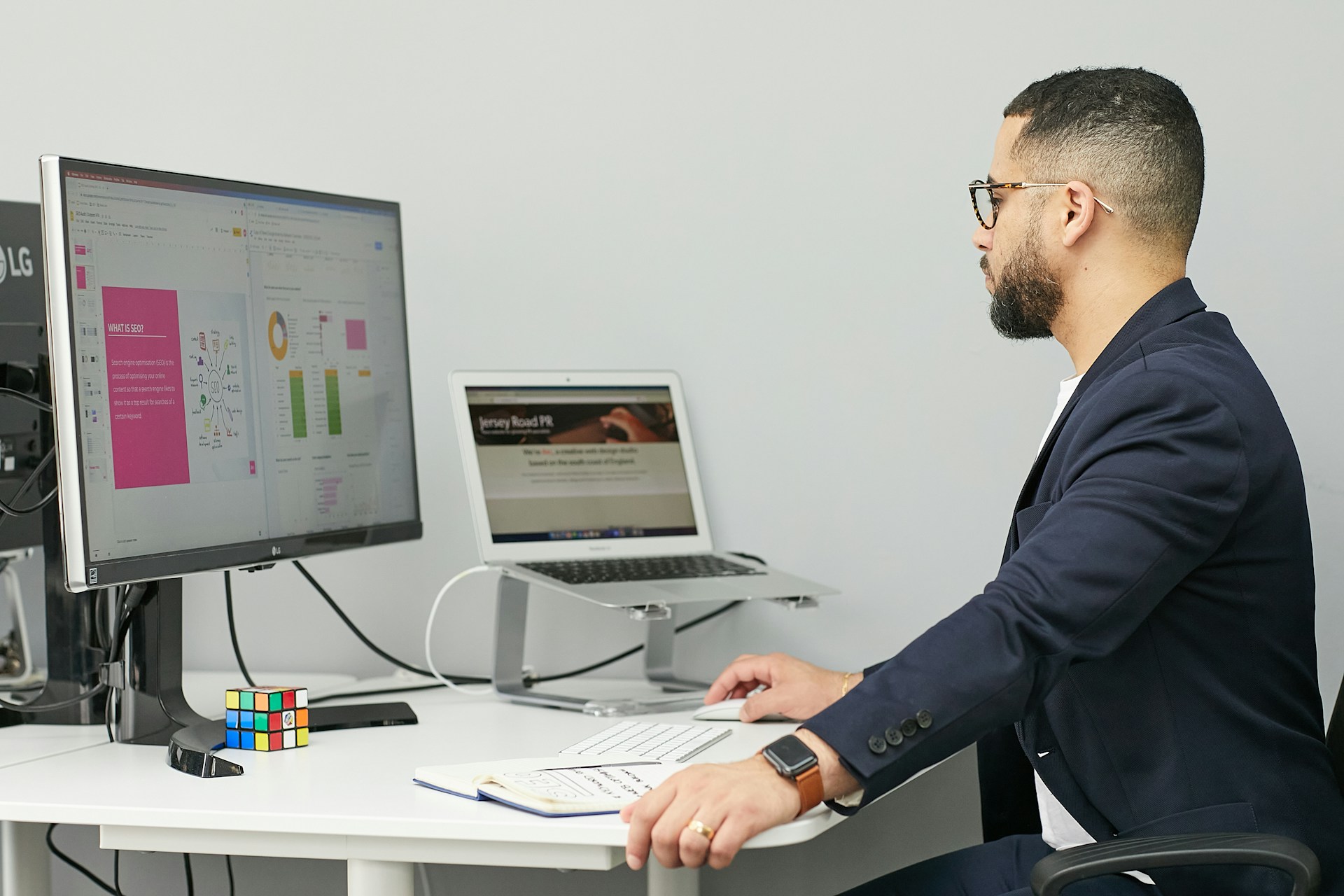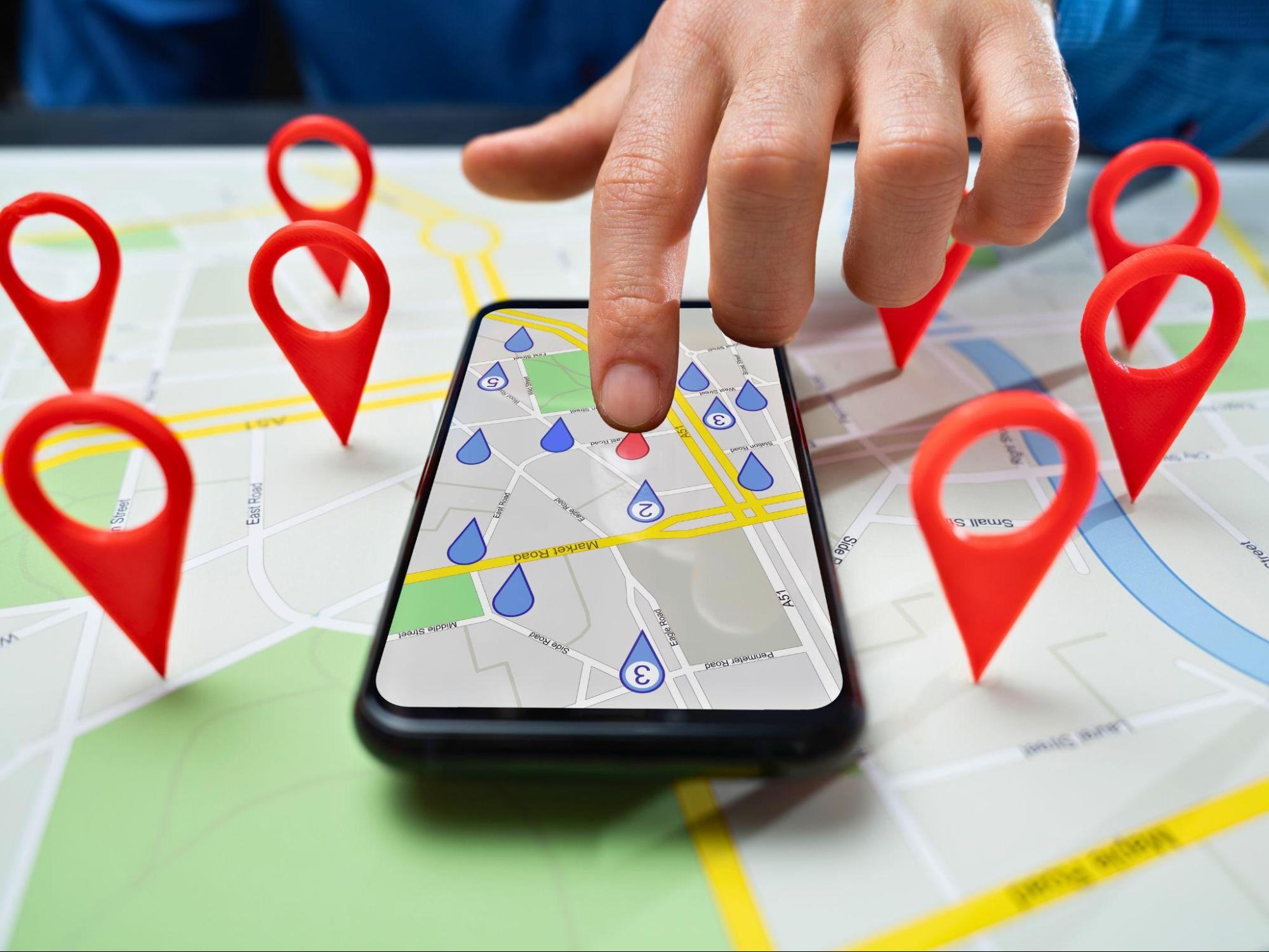A Short Guide On Digital Estate Planning
Writing a will is an essential part of your life. This piece of paper helps you wrap up your life’s earnings neat and organized, offering a glimpse of what you own to the next beneficiary.
However, a traditional will helps you round up all your physical assets and put them into a paper, but your digital assets are left hanging. So how do you ensure that all your cyberspace resources are secure and safely move on to the next owner? This is where the art of digital estate planning comes into play.
While a typical will is enough to ensure your properties, jewelry, cars, and money go to the rightful heirs, a digital estate plan does the same for your online assets. If you have a collection of cryptocurrencies, stocks, and valuable online accounts, you need to pass them on. Here’s how you make an excellent digital estate plan:
- Start from ground zero
Before you make any plan or start delegating roles to the people around you, you must gather all your digital assets. Making a list will help you outline the number of valuables you own online and how you can access and distribute them. For instance, your collection of cryptocurrencies and files on iCloud. This is an integral part of digital estate planning since you must name the asset and the beneficiary who will inherit it. If you accidentally leave a possession out, retrieving it and letting the rightful owner work on it will be challenging.
Your digital empire includes everything from the social media accounts under your name to the active online bank accounts. Since you need hardware to access these features, the definition of a digital enterprise extends to all your computers, laptops, smart devices, and flash drives. Therefore, when you begin assembling your digital assets, write down the name of the resource, what it contains, where the beneficiary can find it and how to use it. Think of it as a roadmap to your personal belongings. You can’t leave out details that differentiate between products to prevent confusion.
- Become an organizing guru
Even if your files are online, you can cause massive clutter in their respective folders. Files occupy a particular space and need labels to help you navigate them better. A disoriented mess will also make looking for a relevant document tedious for your beneficiary, ultimately making them give up on managing your online tools. So it’s a good practice to arrange all your files into different folders. It would help if you labeled each document according to date and purpose.
Once this digital resource gets transferred, your beneficiary can find a file by using the search tab and getting the suitable file. You need to do the same with your online accounts. You must arrange each account according to its function and provide the login details to the beneficiary. It is also good practice to backup all your data when you have worked on them.
- Have a distribution plan
So far, you have collected all your resources and labeled them according to their possibility. But you need to decide what the beneficiary has to do with these possessions. Make it known if you want them to handle your accounts a certain way. For example, If you want all your Bitcoin to go to your nephew, make a note of it and let them know.
Similarly, suppose you have digital assets that are still generating profit. In that case, you will need to transfer your ownership to your beneficiary so they continue getting the income you create and distributing accordingly. Likewise, if you want to close an account, open a new one, or branch out, you must let your beneficiary know. A good escape plan is a detailed set of instructions that are easy to follow.
- Have a digital executor ready
A traditional Will needs an executor to ensure after you pass away, let leg documents go to the right people. So picking out a digital executor is a tough job. However, a general rule of thumb is your digital executor should be a trustworthy professional who doesn’t have to be your family.
You must convey to your executor how and when you want your digital assets to be distributed. If you have special instructions, you should relay them before the document is sealed for safekeeping. The executor is a middleman, so details on your passwords, accounts, and their digits have nothing to do with them. Their job is to identify the asset and the beneficiary who will inherit it.
- Try making it into a legal entity
Legalizing digital assets into a formal paper depends on the state. But in practice, it is a good idea to have important documents and decisions on paper to prevent fraudulent activities and have a written binding document. The best way to legitimize your assets is by sharing the location of your resources with an executor.
Ensure this executor is also named on your will to avoid confusion or accidentally prevent them from doing their job. When you’re ready to pass on your things, you can let your attorney know the location. But you shouldn’t include passwords in your will since this w a public document, and all your sensitive information may be on display.
- Put your assets in a secure location
Your digital assets need to be locked away securely. There are no benchmarks on the best way to store confidential information but try not to mishandle this critical document. Furthermore, keep your executor in the loop about how you wish to dispatch your items and where can this seasonal professional access them.
One of the drawbacks of working with digital assets is the passwords. These can get leaked easily. But as long as you’re careful, you may not accidentally spill your details. Examples of common secure locations include using your attorney to keep your items, using a digital electronic storage company, or doing it the old-fashioned way and putting them into a hard drive.
Conclusion
Your digital assets also need to get distributed before you pass away. These resources need a will that should mention what they are like you would do for any other property you own. However, when you’re in the process of dividing your digital assets, you need a plan. Start by shedding light on everything you own and then add details as the beneficiary and the product you want them to possess. But naming is only half the process. You also need an executor who will help you distribute your assets fairly. Don’t forget that technology is valuable, so storing it appropriately is part of the process.
Top 10 Magento 2 SEO Extensions to Boost Your Store’s Visibility
SEO is the key to a successful store! Have you ever given thought, if your store is simply…
0 Comments12 Minutes
How to Optimise Your PPC Campaigns with AI
As the methods of Internet marketing evolve, Pay-Per-Click (PPC) advertising remains one of the…
0 Comments10 Minutes
Putting Cybersecurity Under the Spotlight: How Security Audits Strengthen Your Defenses
While organizations understand the importance of cybersecurity, there is an opportunity for many…
0 Comments12 Minutes
How Marketing Agencies Can Choose the Best High-Performance SEO Tools
High-performance SEO tools combine comprehensive features, durability, speed, and accuracy. They…
0 Comments9 Minutes
Simplify the Running of Your Business With These Tips
Finding enough hours in the day to tackle all the jobs on your to-do list can be a major issue…
0 Comments4 Minutes
Best SEO Practices for Multi-Location Businesses
Businesses operating across multiple locations benefit from unique opportunities but also face…
0 Comments7 Minutes
Unveiling the 7 Essential Components for an Exceptional Website
Even a beginner can identify what makes a good website, but when it comes to building one, things…
0 Comments8 Minutes
Top Blockchain Trends to Watch in 2024
Blockchain has time and again proved its capacity to redefine many sectors and this prediction of…
0 Comments6 Minutes








